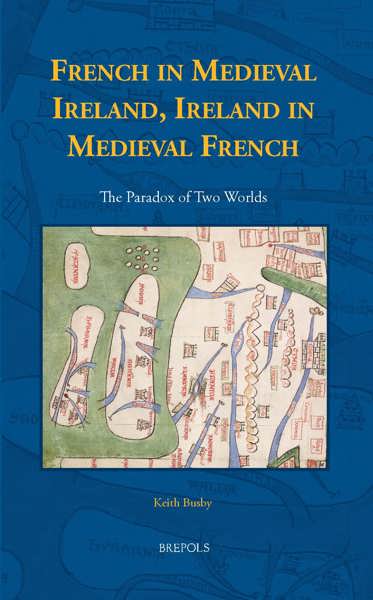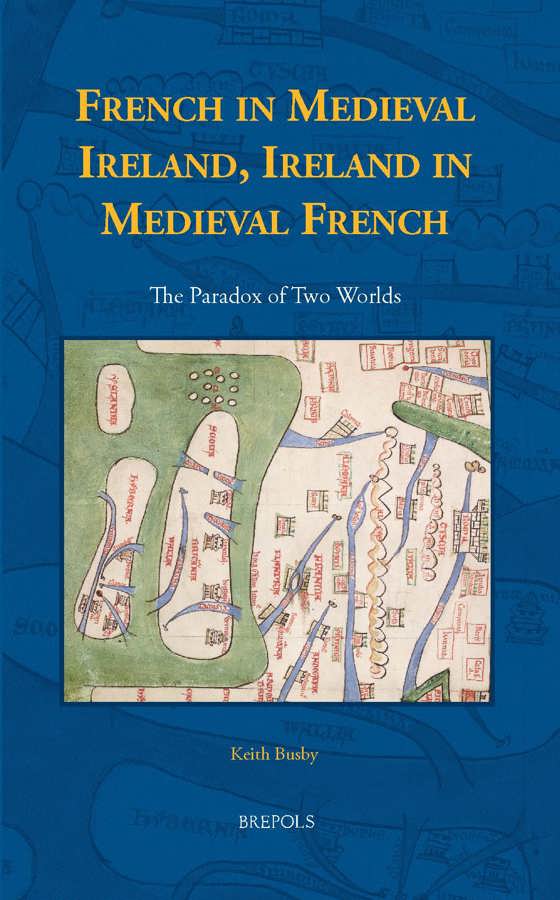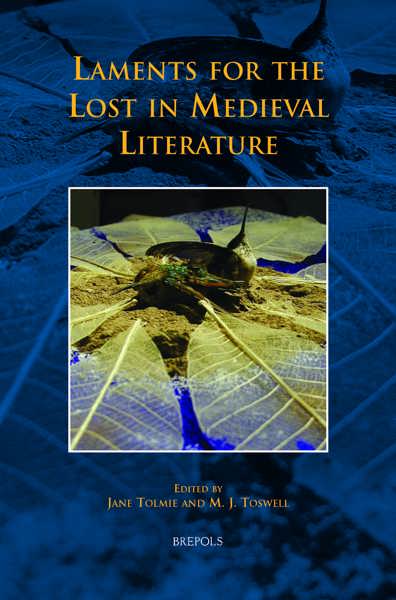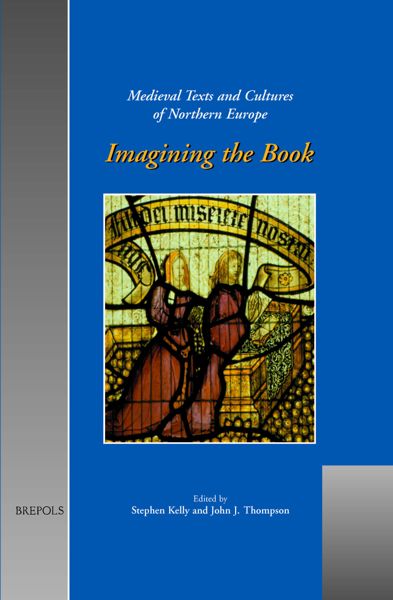
- Pages: x + 516 p.
- Size:156 x 234 mm
- Illustrations:20 b/w
- Language(s):English
- Publication Year:2017
- € 120,00 EXCL. VAT RETAIL PRICE
- ISBN: 978-2-503-57021-1
- Hardback
- Available
- € 120,00 EXCL. VAT RETAIL PRICE
- ISBN: 978-2-503-57022-8
- E-book
- Available
A major study of interest to historians of medieval Ireland and specialists in medieval French.
“This is a most interesting book. Although its subject matter has been dealt with many times before, the exceptional quality of Keith Busby's approach is that both of these themes studied from different angles have been reassembled with an enormous amount of information. The work appears more like an encyclopaedia which will certainly be useful for decades.” (Yolande de Pontfarcy-Sexton, in Sehepunkte, 18, 2018)
“This is a wonderful book. Rooted in imaginative engagement with a remarkably wide range of medieval sources, and informed by critical reading of the latest scholarship, the author presents an original and challenging account of a crucial but neglected aspect of the Irish historical experience.” (Brendan Smith, in Peritia, 2018)
“While there has been considerable research on the French of England, French in Ireland has been neglected in the scholarship. Busby fills this lacuna with an exhaustive study.” (Simon Gaunt, in French Studies, 72/4, 2018, p. 593)
“This book offers an important contribution to the growing body of research on the vitality of French language and literature outside France by focusing on a hitherto largely neglected area of medieval Francophonia: the island of Ireland. Keith Busby’s study effectively combines historical and literary analysis (…)” (Daron Burrows, in The English Historical Review, CXXXIV, 569, 2019, p. 960)
“Keith Busby’s monumental study of Ireland in the context of medieval francophonia is a most welcome addition (…) Written in an accessible and elegant style, the book constitutes an enormously useful resource (…) The result is thus a reference volume and teaching resource as much as a scholarly study. A most useful feature is the overview of existing scholarship provided for most of the texts mentioned, and certainly for the texts discussed in extenso. The overwhelming thoroughness of the research, incorporation of past research in the form of overviews and references, and bibliographical information to guide further reading makes this extremely learned monograph an accessible tool also for those starting out in the field, and it is certainly to be recommended to students as well as advanced researchers.” (Natalia Petrovskaia, in Speculum, 94/4, 2019, p. 1134-35)
“This volume is carefully edited and handsomely produced, including its sixteen well-placed black and white images.” (Marjorie Harrington, in The Medieval Review, 20.04.27)
“A valuable work for several disciplines.” (Patrick Ball, in Parergon, 36/1, 2019, p. 189)
“Ce livre impressionne de par son ampleur et son ambition de rassembler un nombre important d’exemples à partir d’un corpus documentaire divers et très fragmenté. » (Laura Cleaver, dans Cahiers de civilisation médiévale, 257, 2022, p. 79)
This book is a ground-breaking study of the cultural and linguistic consequences of the English invasion of Ireland in 1169, and examines the ways in which the country is portrayed in French literature of the twelfth, thirteenth, and fourteenth centuries. Works such as La geste des Engleis en Yrlande and The Walling of New Ross, written in French in a multilingual Ireland, are studied in their literary and historical contexts, and the works of the Dominican friar Jofroi de Waterford (c. 1300) are shown to have been written in Ireland, rather than Paris, as has always been assumed.
After exploring how the dissemination and translation of early Latin texts of Irish origin concerning Ireland led to the country acquiring a reputation as a land of marvels, this study argues that increasing knowledge of the real Ireland did little to stymie the mirabilia hibernica in French vernacular literature. On the contrary, the image persisted to the extent of retrospectively associating central motifs and figures of Arthurian romance with Ireland. This book incorporates the results of original archival research and is characterized by close attention to linguistic details of expression and communication, as well as historical, codicological, and literary contexts.




